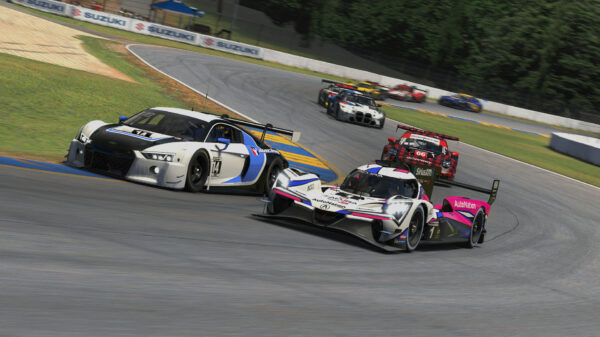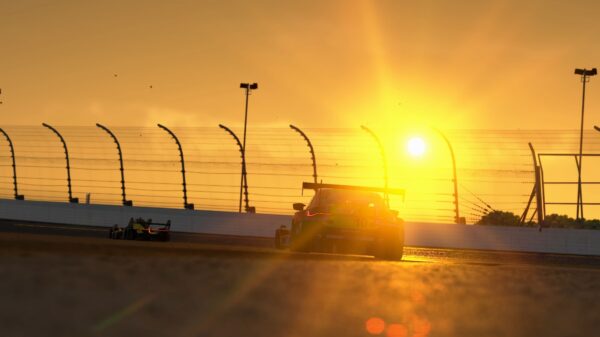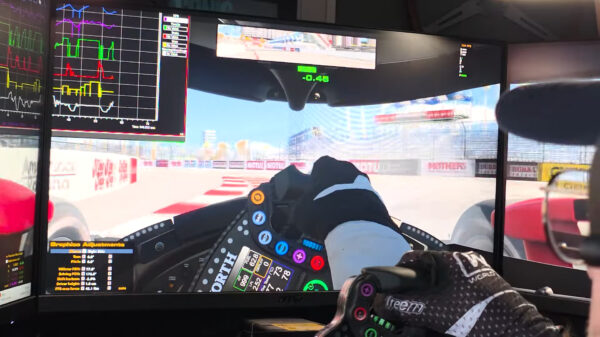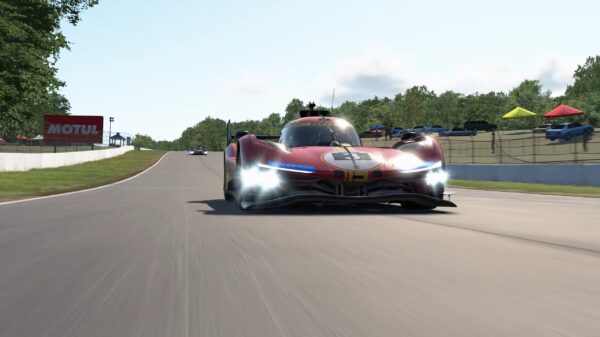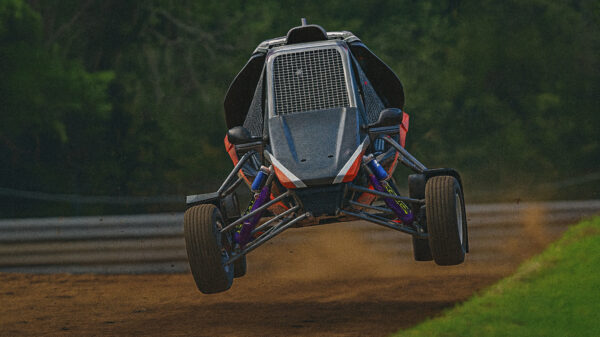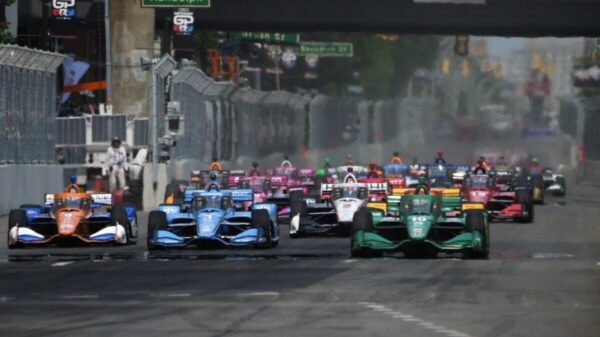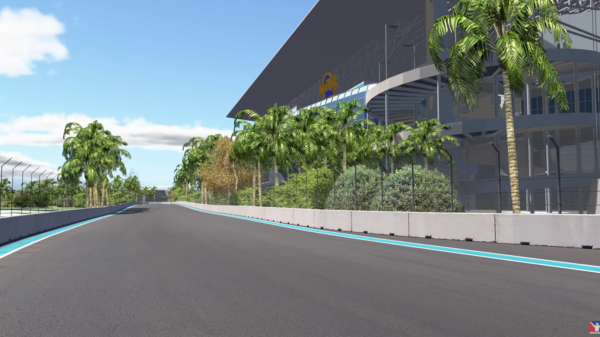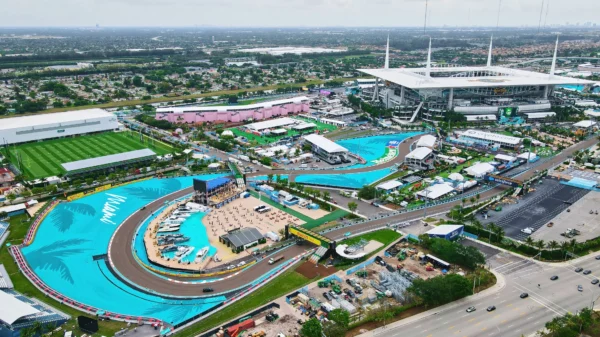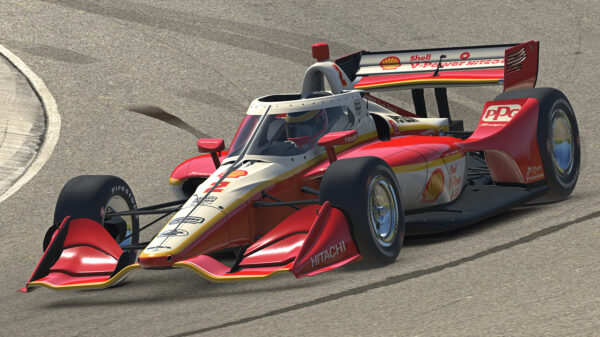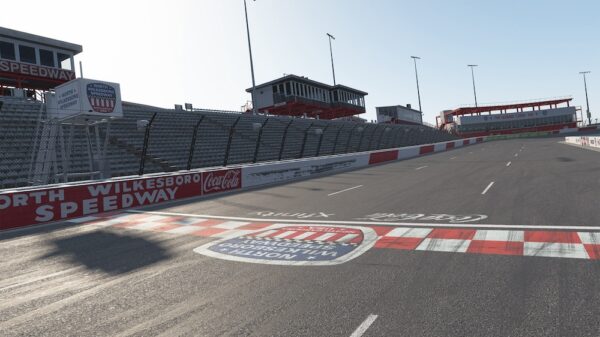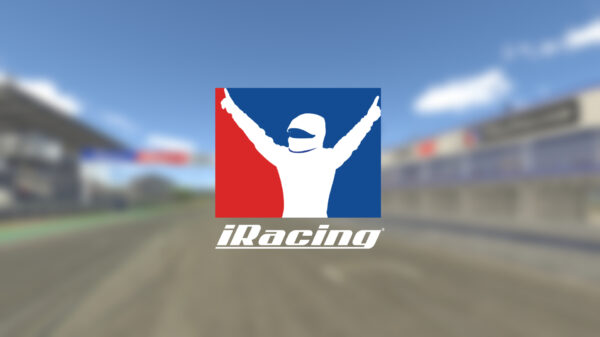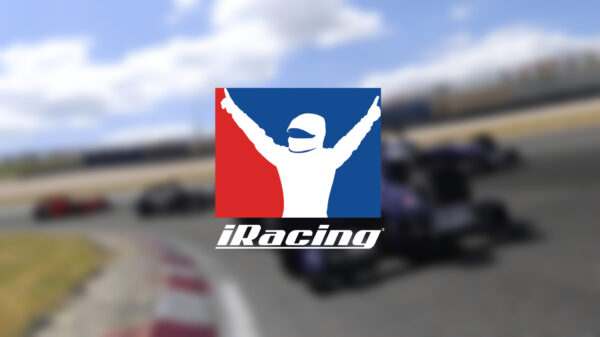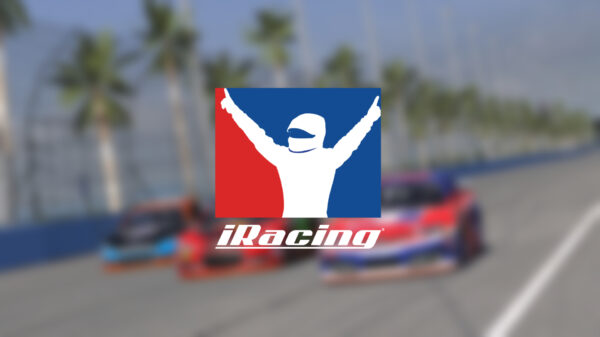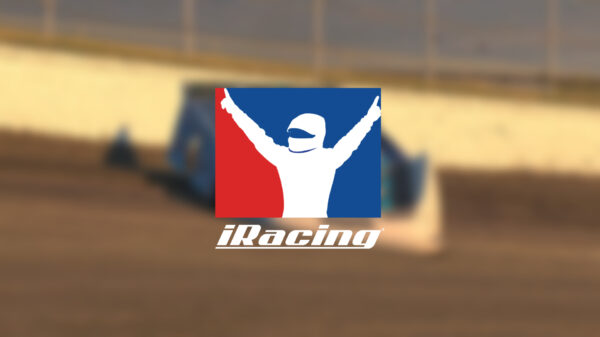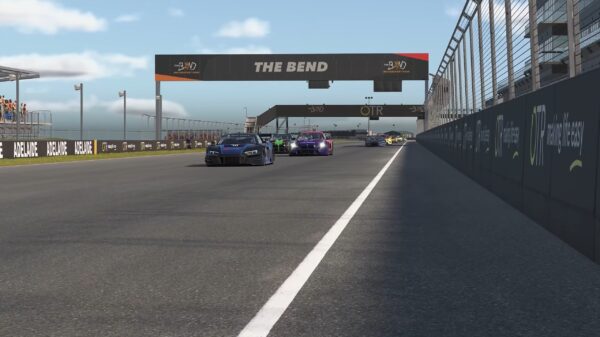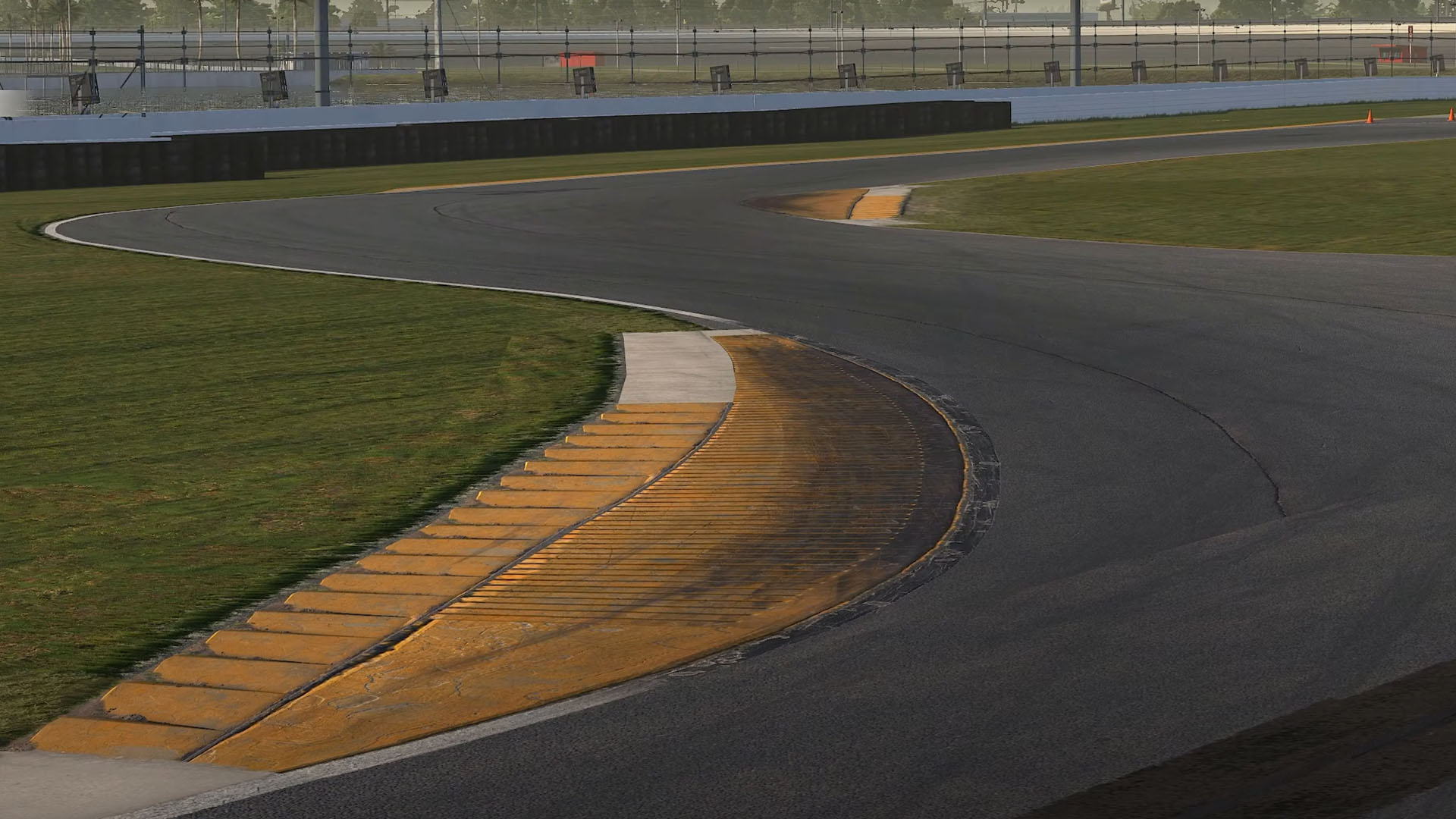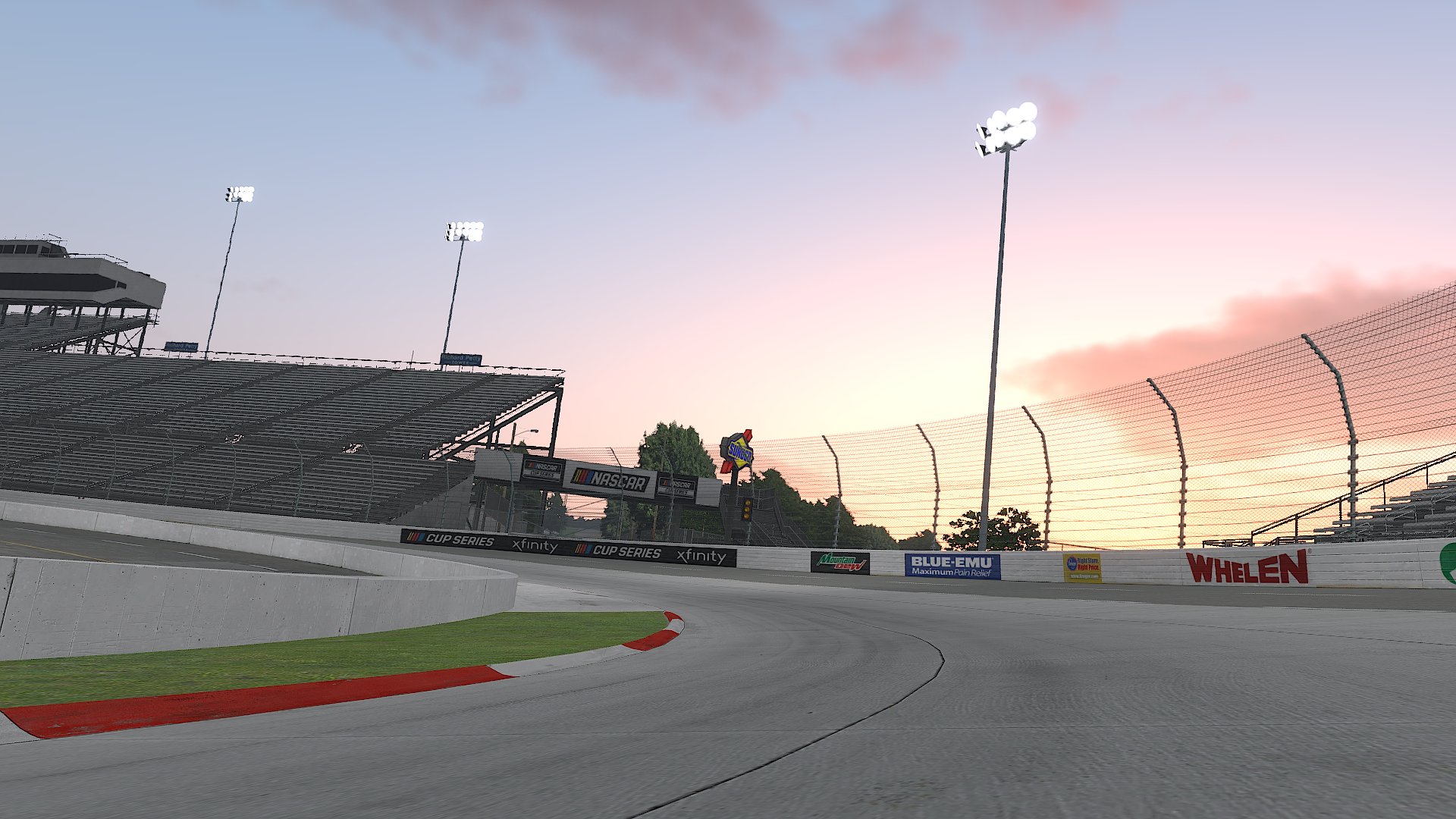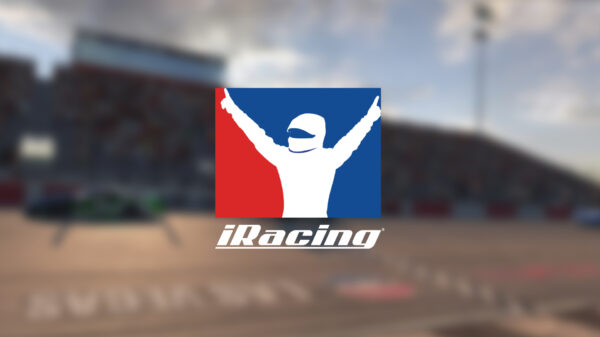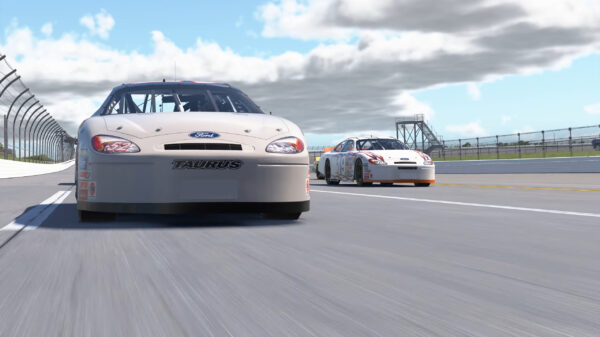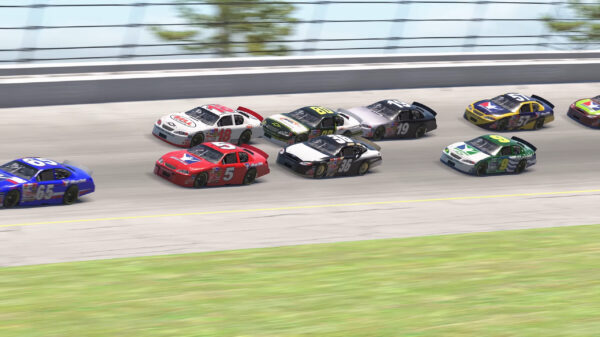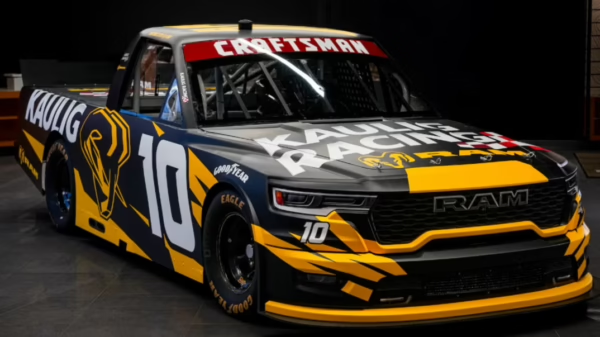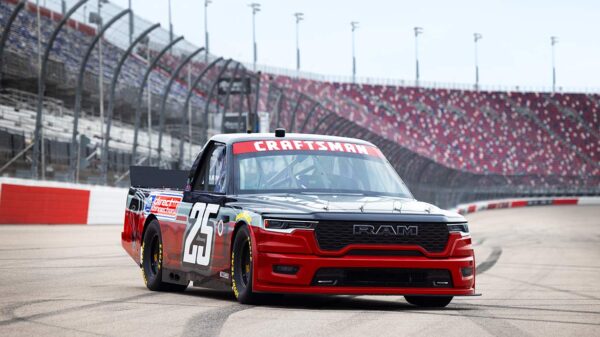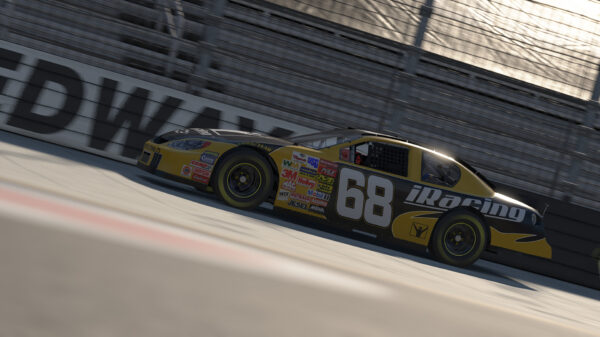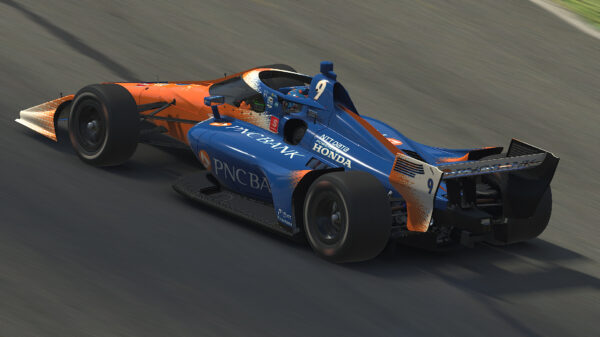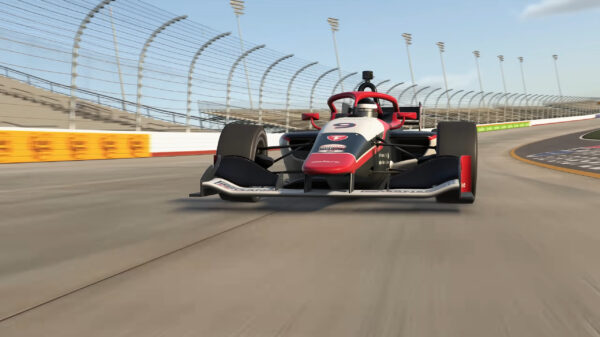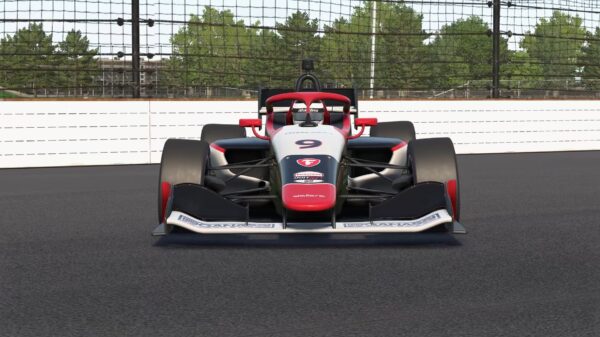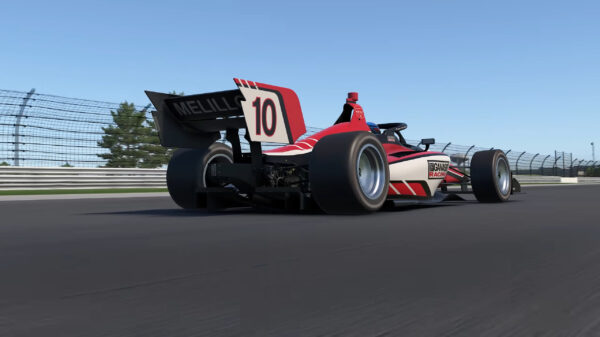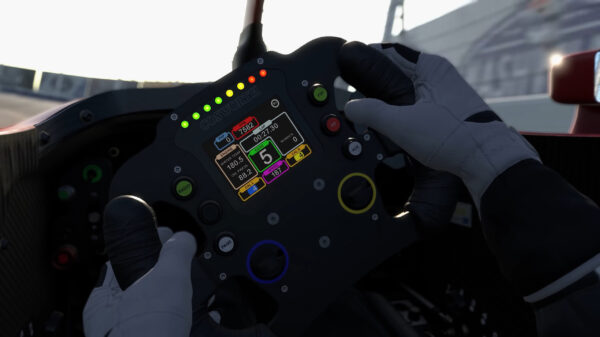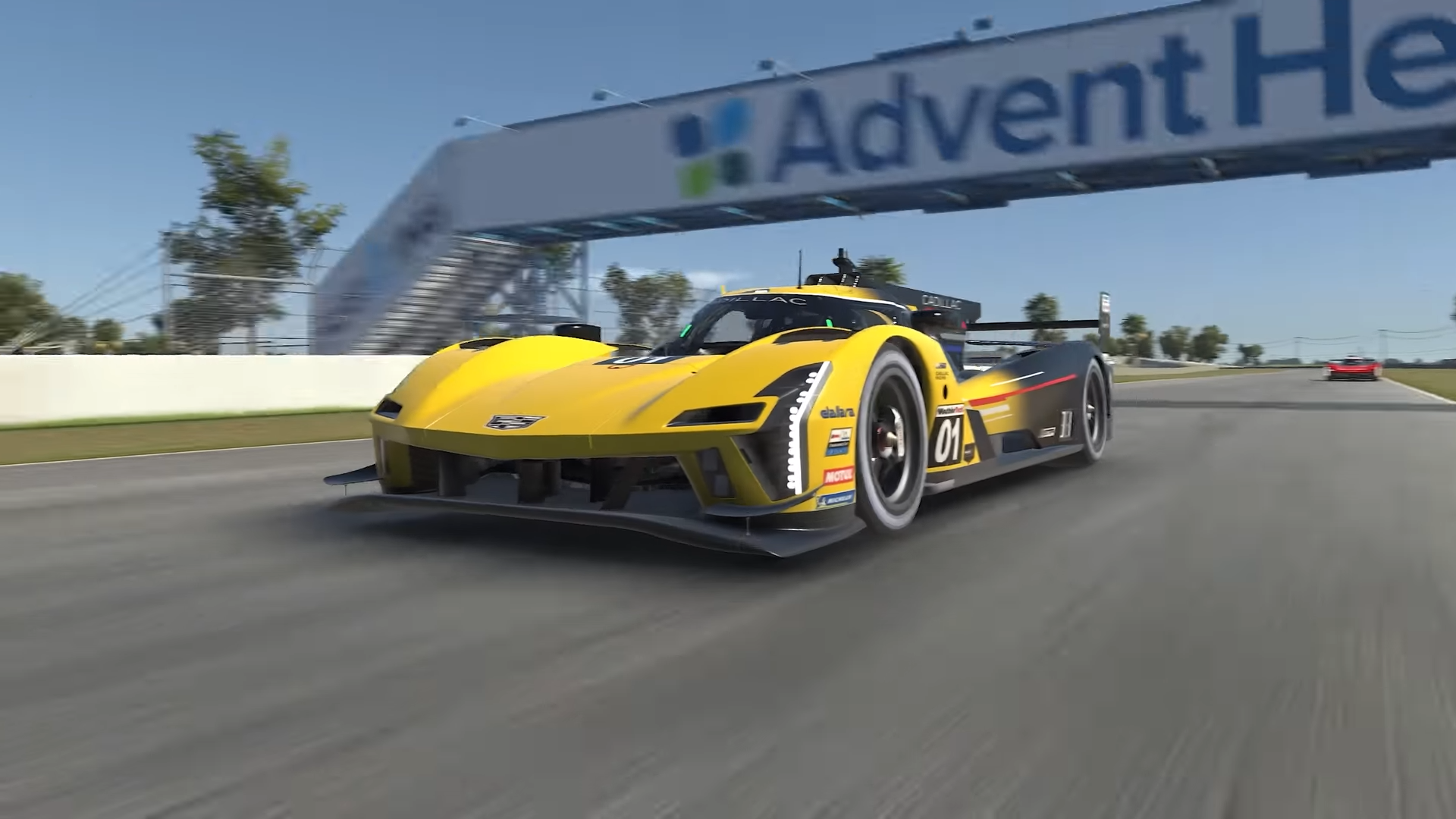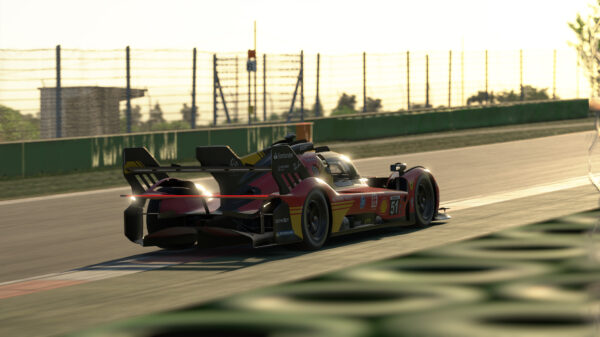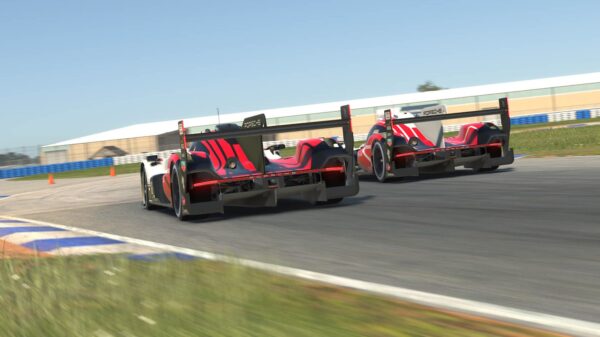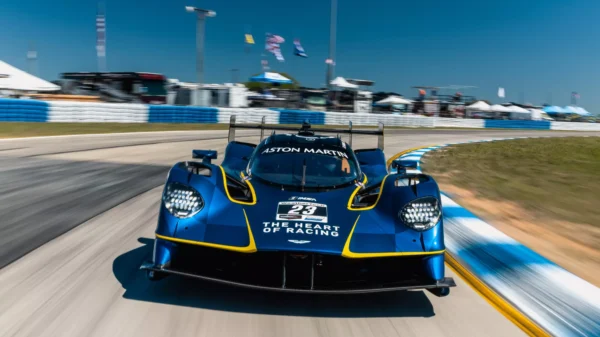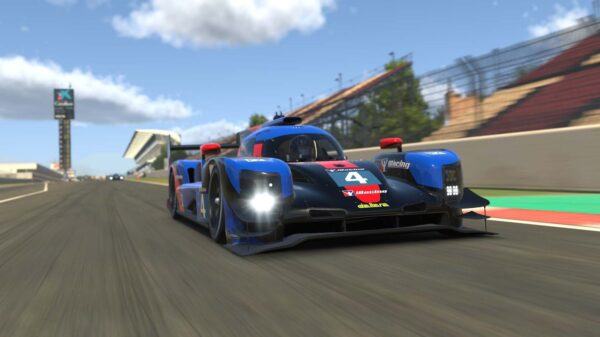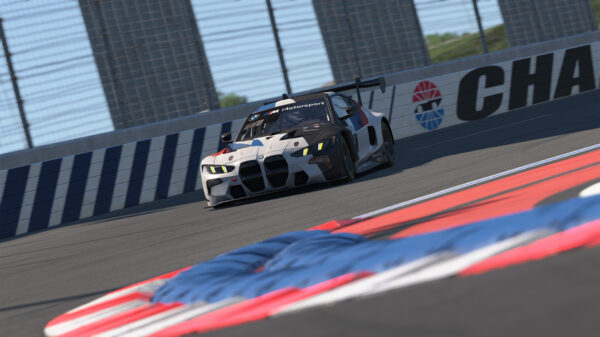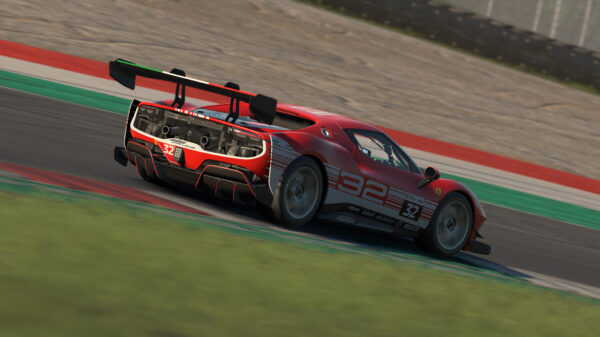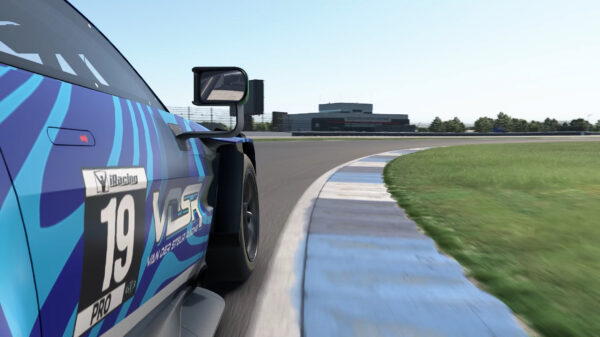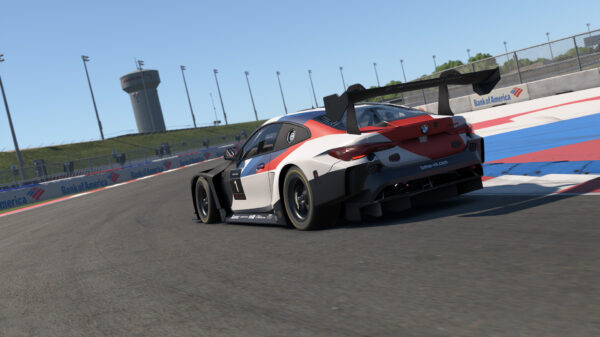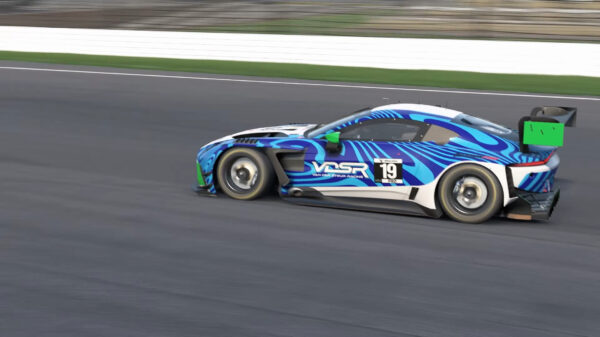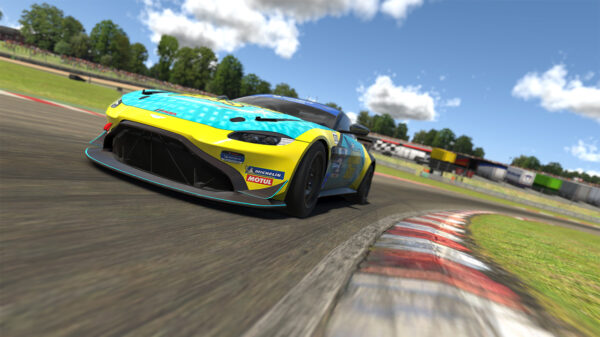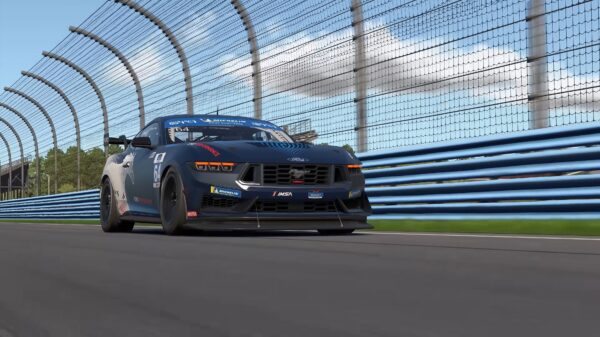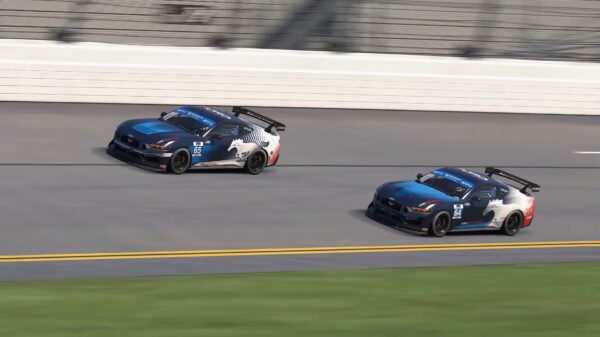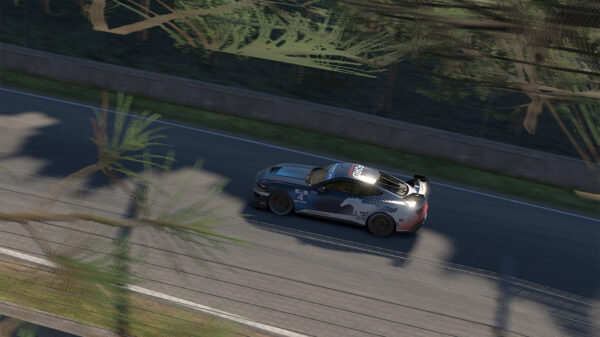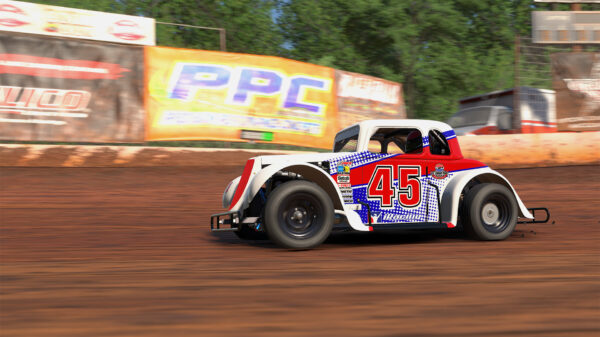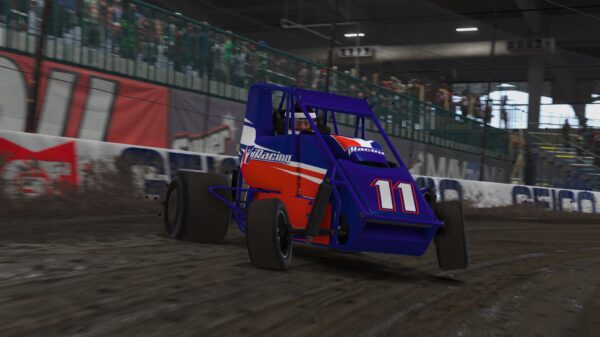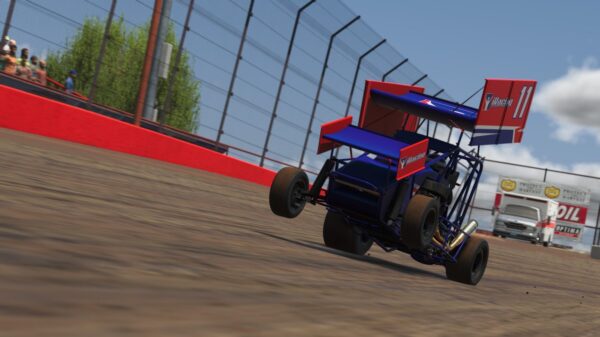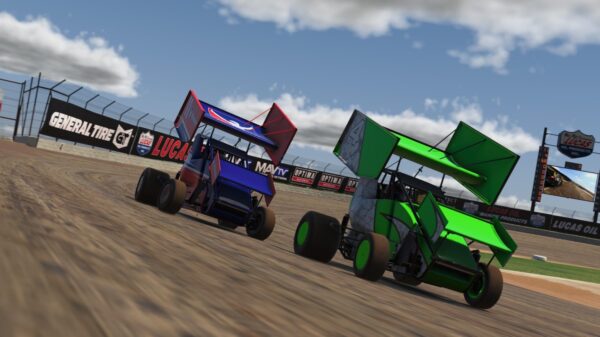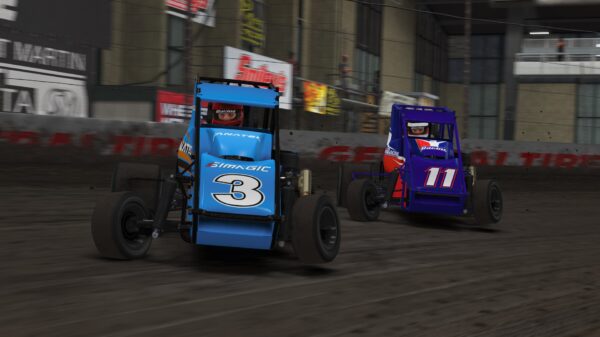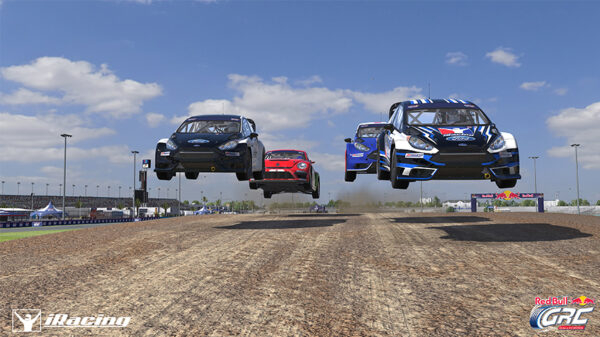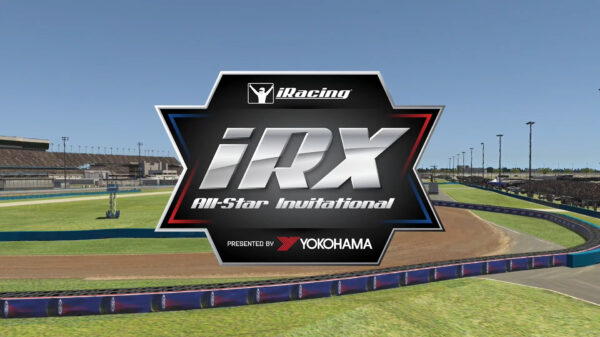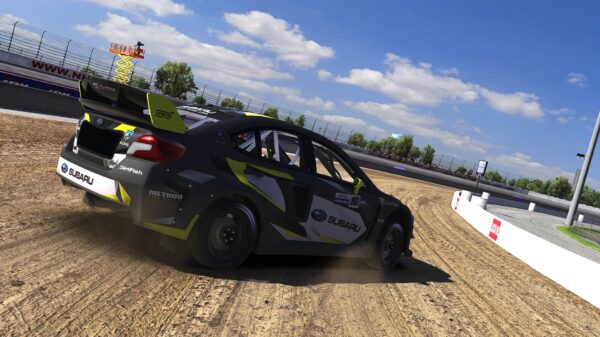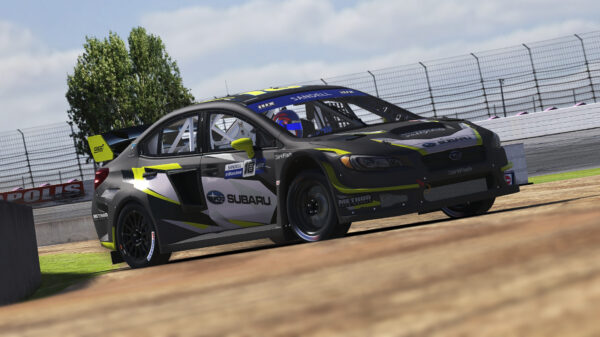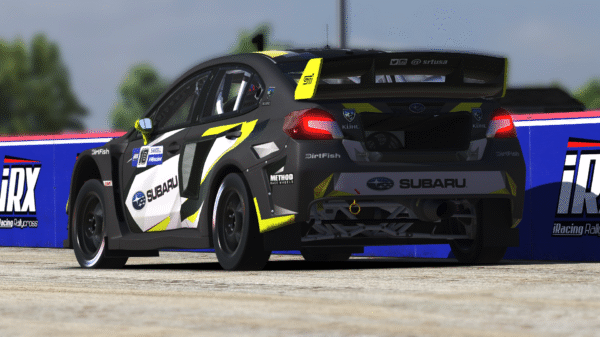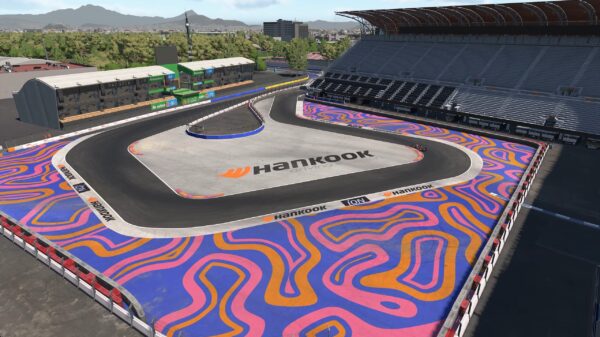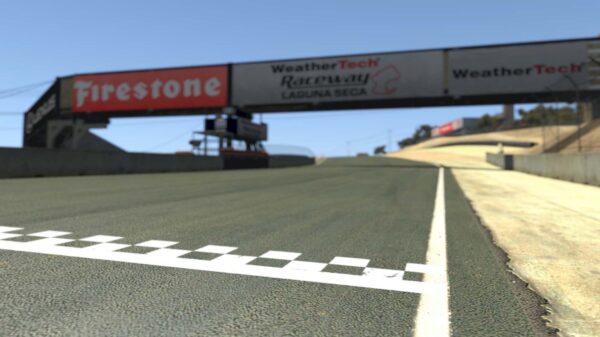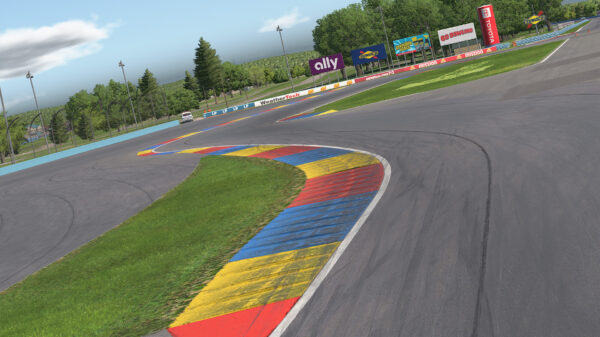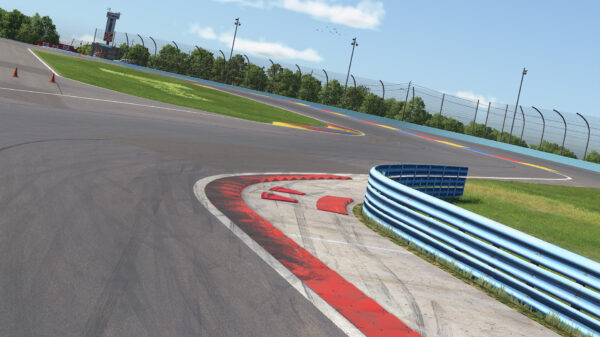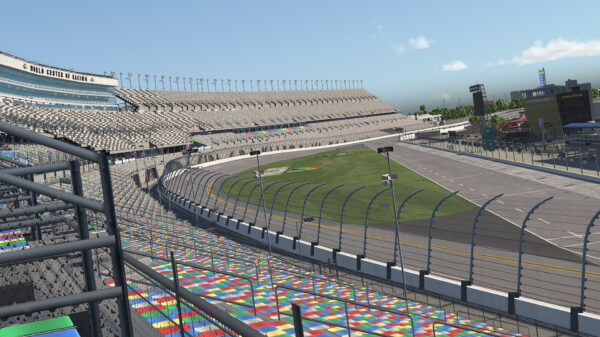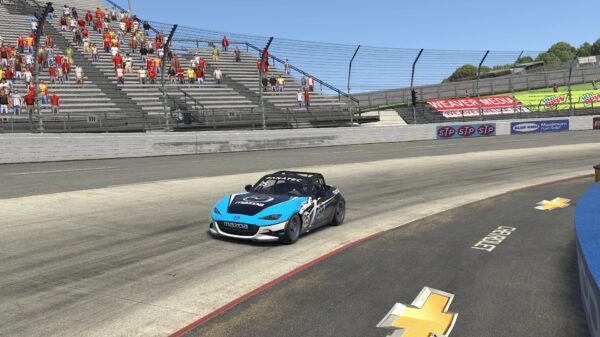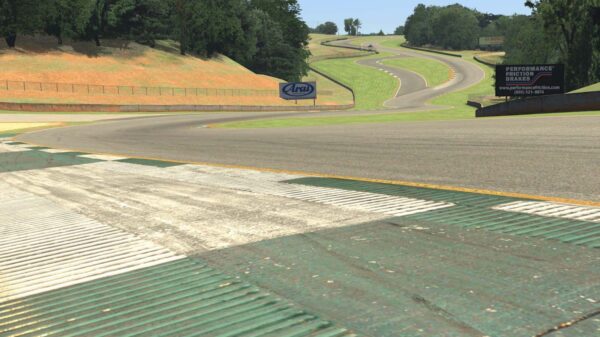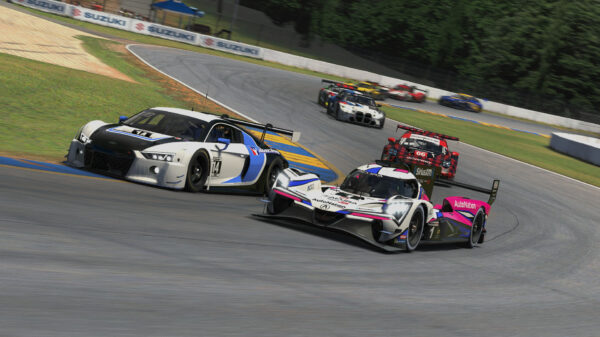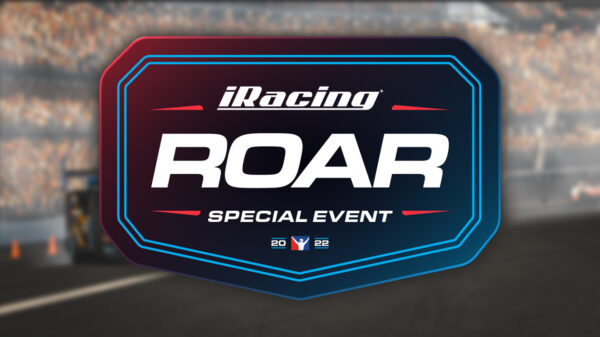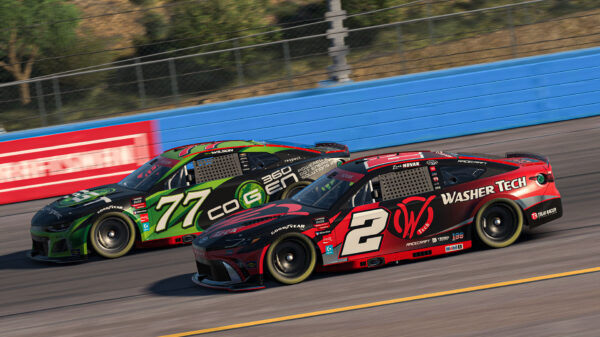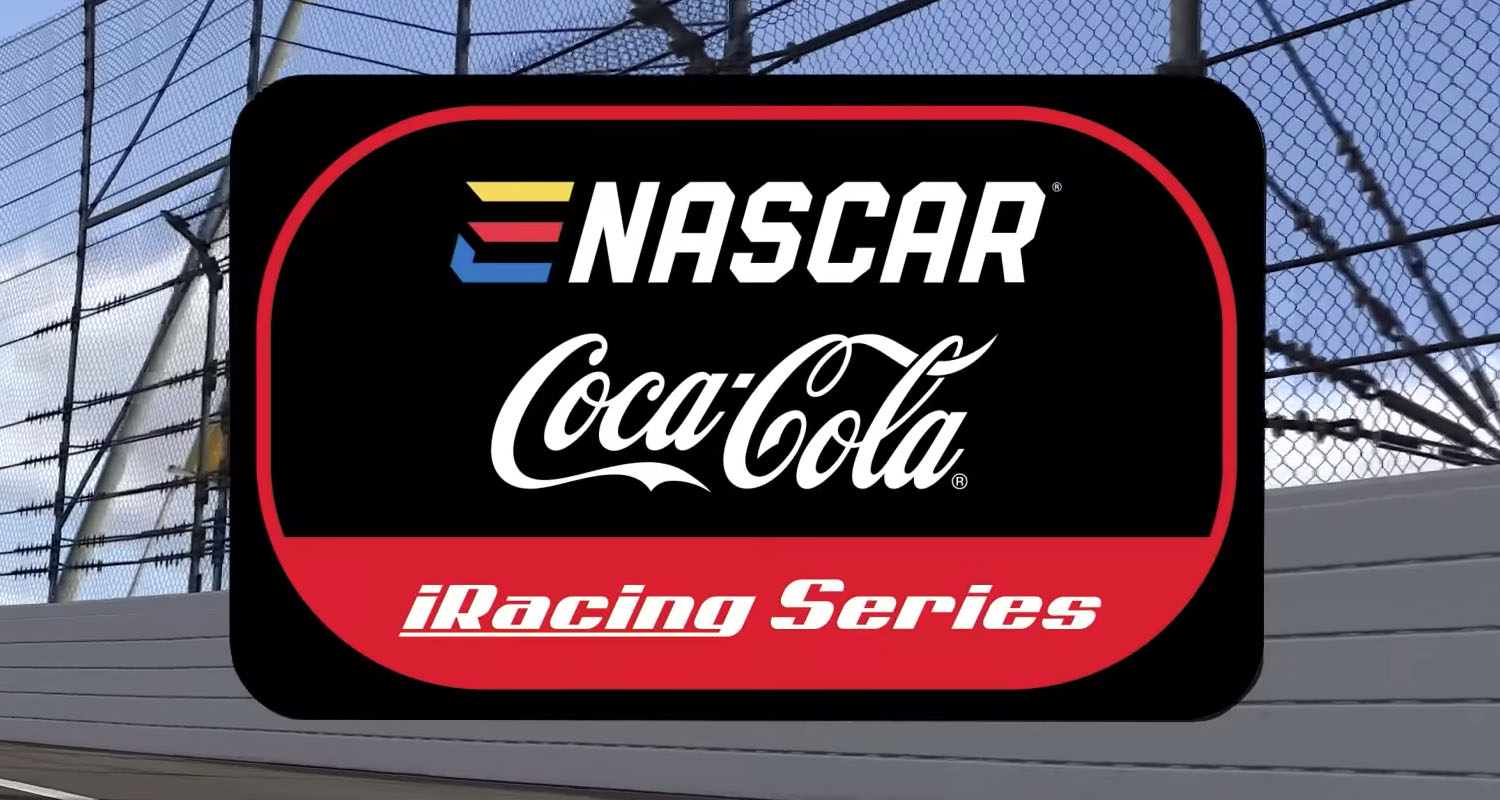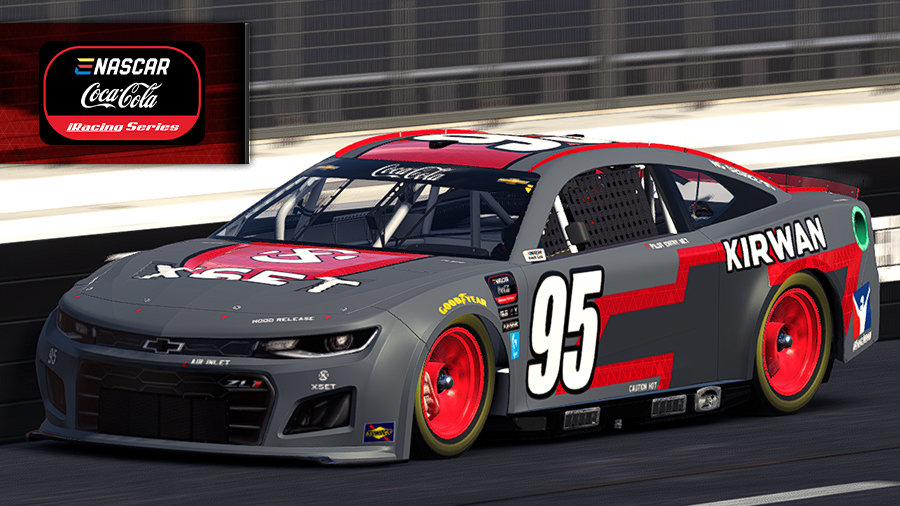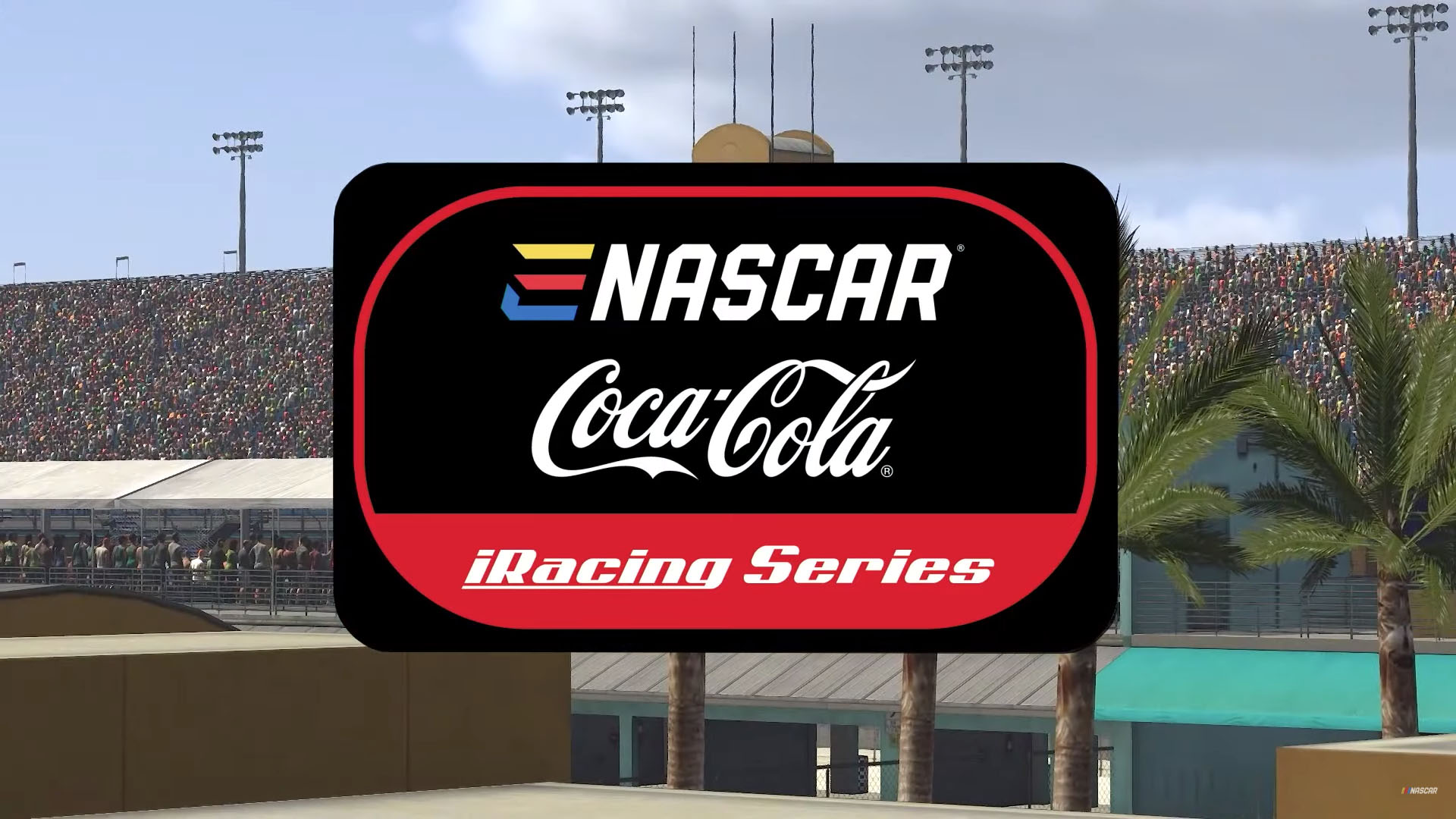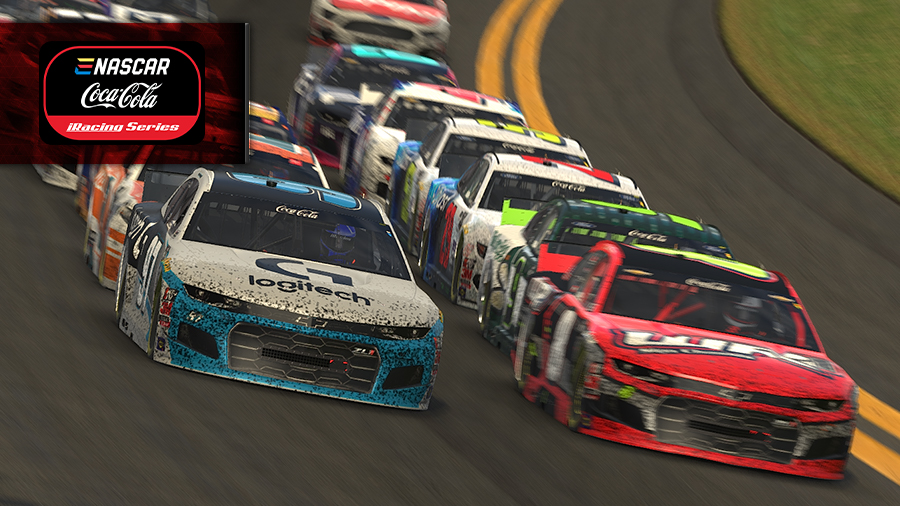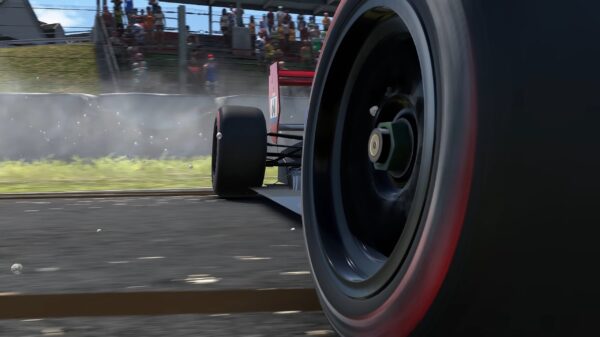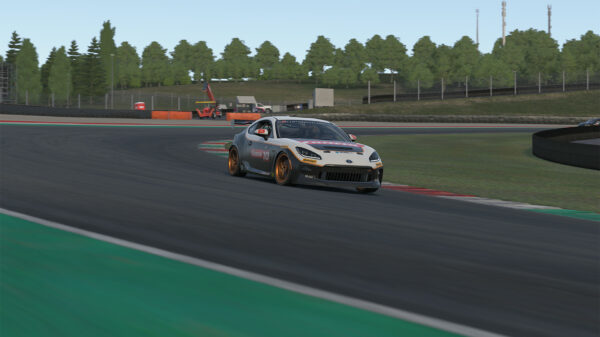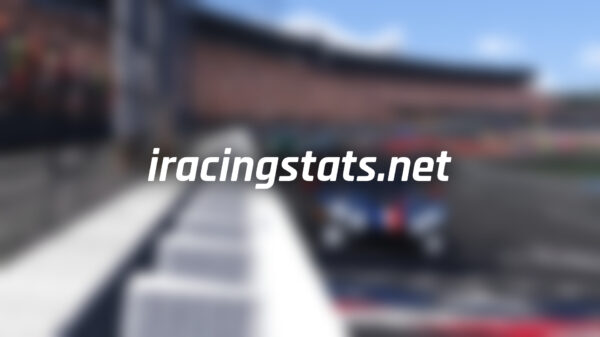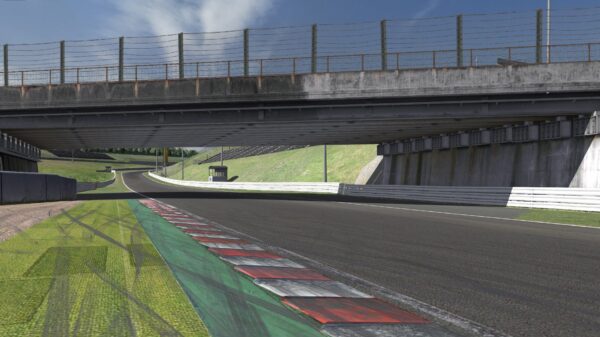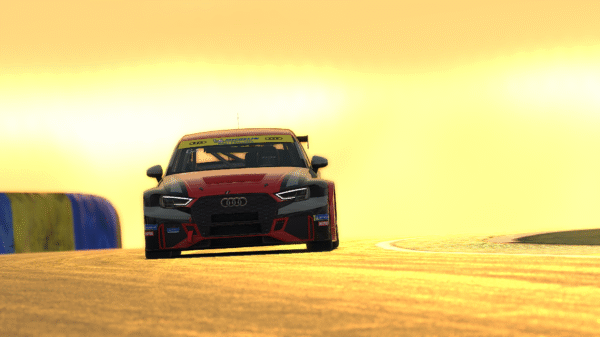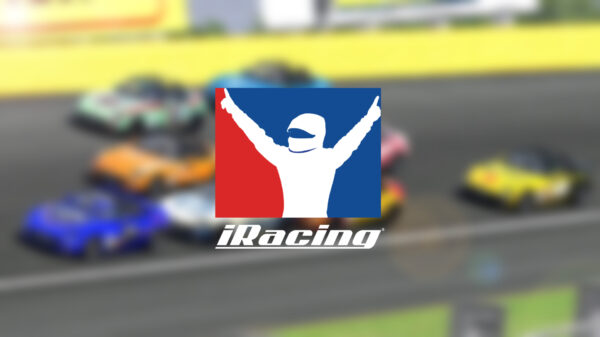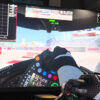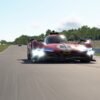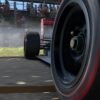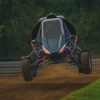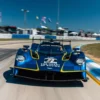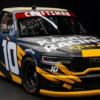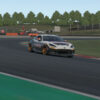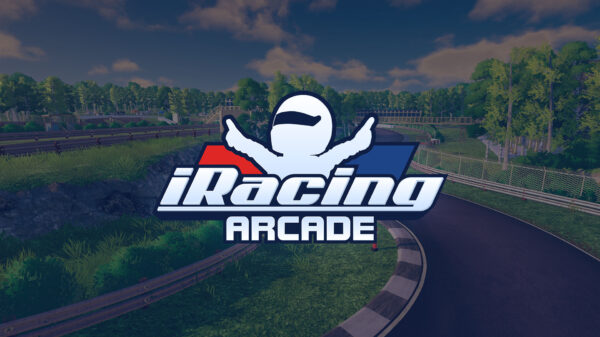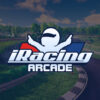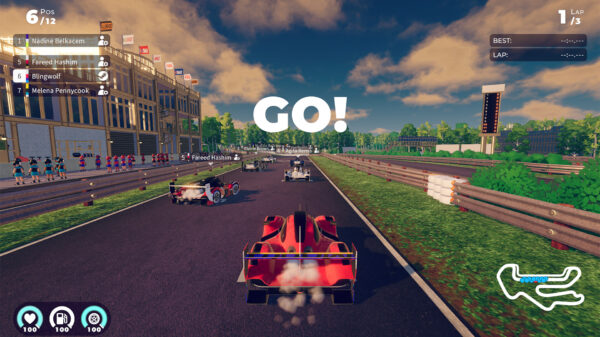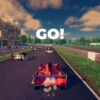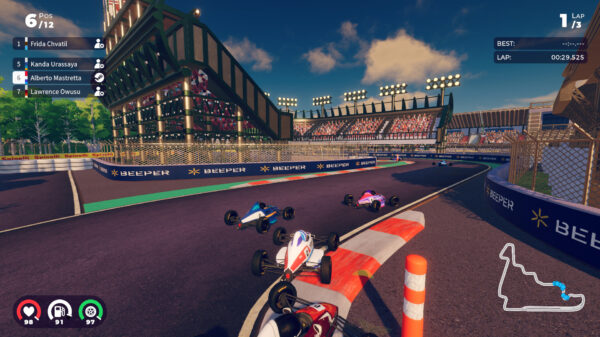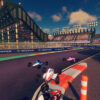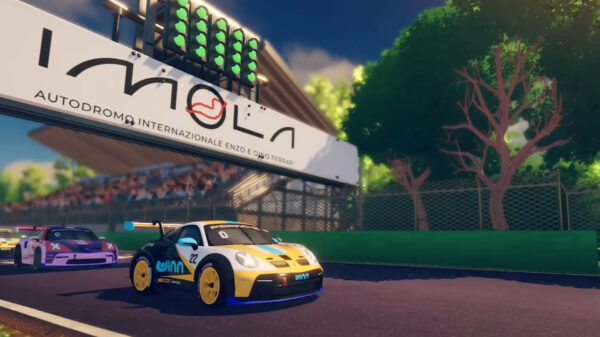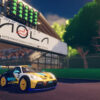The iRacing Arcade demo has finally given players their first real taste of what iRacing Studios and Original Fire Games have been building. After months of speculation, the early hands-on version confirms what the announcement promised: a racing experience that’s easy to pick up, surprisingly deep, and built to make you smile.
Also See:
➡️iRacing Arcade News & Updates
First Impressions: Instantly Playable, Surprisingly Polished
From the moment the demo loads, iRacing Arcade feels friendly and approachable. There are no lengthy setup screens or technical tuning options — just cars, tracks, and racing. Within seconds you’re on the grid, controller in hand, ready to drive.
That accessibility doesn’t come at the expense of quality. The controls are sharp and predictable, the visuals are vibrant, and the game immediately communicates a sense of speed. It’s clear that iRacing Arcade was designed to deliver quick fun without the stress of managing simulator complexity.
Handling and Physics: Arcade Roots With Real Racing DNA
At its core, the handling model sits halfway between Circuit Superstars and Gran Turismo 7’s casual modes. Cars respond smoothly, with clear feedback when you push too hard, yet they never feel floaty or detached.
Each vehicle has its own personality — the Porsche 911 GT3 Cup snaps eagerly into corners, while the Formula 4 cars reward smoother steering and rhythm. The physics lean toward the arcade side but still feel believable; weight transfer, braking zones, and traction loss are all present but softened for a wider audience.
Drifting through corners feels natural, and the car’s recovery behavior is forgiving enough to keep the fun flowing. For newcomers, that means less punishment and more experimentation. For experienced sim racers, it means the satisfaction of mastering perfect laps without the pressure of competition.
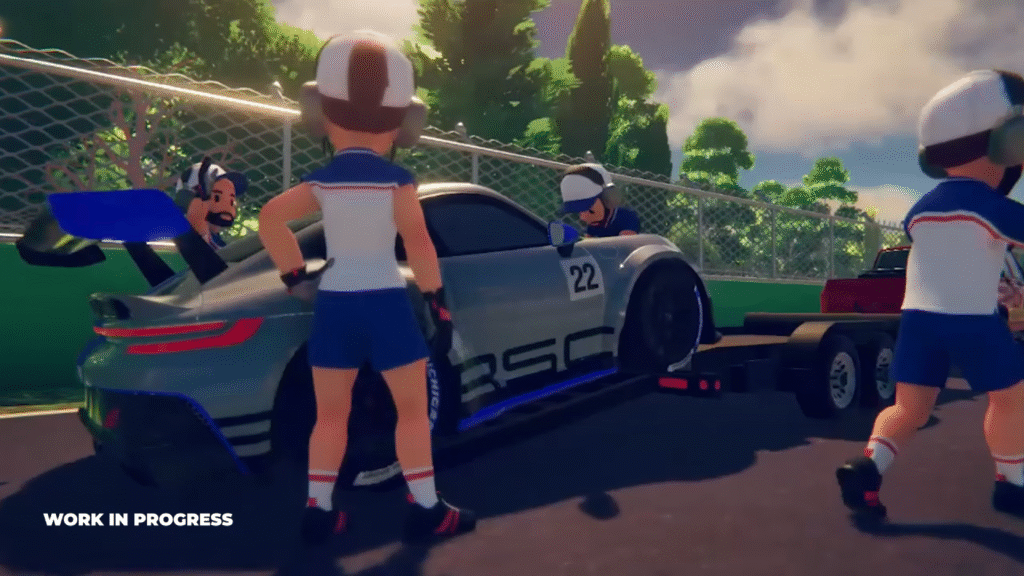
Designed for Controllers
iRacing Arcade was clearly built around a controller-first philosophy. The analog sticks and triggers feel finely tuned, offering progressive control over steering and throttle that’s rare in arcade racers.
This design choice allows for long play sessions without fatigue and opens the door for couch gaming, handheld play, and family racing nights. On PC, support for devices like the Xbox and DualSense controllers feels seamless — plug in and drive.
It’s also the reason so many early testers have praised how easily iRacing Arcade runs on the Steam Deck. The combination of smooth performance, intuitive controls, and fast loading times makes it one of the most portable racing experiences on the market.
Chase Cam vs. Classic Isometric Style
One of the most discussed changes from Original Fire Games’ earlier titles is the chase-camera perspective. Instead of the traditional top-down or isometric view, iRacing Arcade places the camera behind the car, providing a cinematic sense of motion and immersion.
This change completely redefines how the game feels. Corners are easier to read, braking points are clearer, and the track comes alive with elevation changes and trackside detail. The camera also makes the experience far more comfortable for casual players — it’s intuitive and instantly familiar.
At the same time, it preserves enough visual information for serious players to chase precision in time trials, finding the ideal line lap after lap.
Visual Style and Presentation
Visually, iRacing Arcade strikes a smart balance between realism and stylization. The cars are recognizable and proportioned accurately, but the environments feature saturated colors and bold lighting that give the game an approachable charm.
Tracks like Tsukuba and Imola look authentic yet inviting, with trackside details that feel handcrafted rather than clinical. It’s a refreshing visual change from iRacing’s laser-scanned realism — one that focuses on personality instead of photorealism.
The user interface follows suit: clean, bright, and focused on getting you back into a race rather than keeping you in menus.
Race Format and Game Flow
The demo’s events are short and fast — the ideal length for pick-up-and-play sessions. Most races last just a few minutes, with quick restarts and no downtime between heats. This format rewards experimentation and encourages players to refine their lines without frustration.
Leaderboards and time-trial challenges keep things competitive even offline. The best players will find plenty of depth chasing optimal laps, while newcomers can still enjoy progress through consistent improvement.
It’s a design philosophy that mirrors the best arcade games: easy to learn, hard to master.
Performance and Steam Deck Experience
Technically, the demo runs smoothly. Frame rates remain stable on mid-range PCs, and early Steam Deck testing shows excellent results. Load times are short, visuals crisp, and input latency minimal.
That’s particularly promising for a game aimed at quick sessions. On the Deck, iRacing Arcade could become the go-to portable racer for anyone who wants authentic tracks and licensed cars in a handheld format.
What’s Still Unknown
Even with the demo, a few questions remain. Wheel and pedal compatibility has not been confirmed, though players are hopeful it will at least be supported for experimentation. VR and triple-screen setups also remain unaddressed, and the same goes for local split-screen multiplayer — a highly requested feature from the community.
iRacing Studios has indicated that more details will arrive closer to launch, including final performance specs, pricing, and online functionality. For now, the focus appears to be polishing the driving experience and ensuring cross-platform consistency before release.
The iRacing Arcade demo shows enormous potential. It’s accessible without being shallow, realistic enough to satisfy racing enthusiasts, and fun enough for newcomers to enjoy immediately.
If the full release expands on what’s already here — adding content, split-screen, and continued optimization — it could become one of the most engaging arcade racers in years.
iRacing Arcade might not replace iRacing’s realism, but it doesn’t need to. It’s carving out its own lane, and right now, that lane looks fast, smooth, and full of potential.

